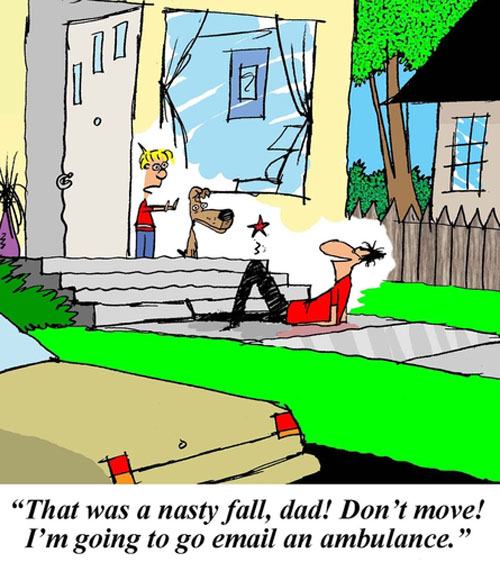The Effects of Electronic Media on Children Ages Zero to Six is a comprehensive survey of research stretching back 50 years. It was prepared for the Kaiser Family Foundation by the Center on Media and Child Health, Children’s Hospital Boston in 2005. It explores the history of research about the effects of electronic media on children while their minds are still developing and when they are most vulnerable, i.e., before they fully develop critical thinking skills and become conscious of how media can affect them.
Even the youngest children in the United States use a wide variety of screen media. As the Kaiser Family Foundation notes in its introduction to the study, “Some children’s organizations have expressed concerns about the impact of media on young children; others have touted the educational benefits of certain media products. This issue brief provides a comprehensive overview of the major research that has been conducted over the decades on various aspects of young children’s media use, and also highlights the issues that have not been researched to date.”
- Health
- Aggression
- Violence
- Pro-social media
- School Achievement
- Attention and Comprehension
- Fear Reactions to Frightening Content
- Parental Intervention
- Learning
- Reality
- The Family Environment
- Response to Advertising
- Computer Use
In regard to advertising, research has shown that children in this age group are unable to understand its persuasive intent. This raises questions about unfair manipulation that could affect a child’s later growth and trajectory in life. For instance, among the studies cited, research showed that:
• The likelihood of obesity among low-income
multi-ethnic preschoolers (aged one to five
years) increased for each hour per day of TV or
video viewed. Children who had TV sets in their
bedrooms (40% of their sample) watched more TV
and were more likely to be obese (Dennison, Erb &
Jenkins, 2002).
• Children (average age of four years) preferred
specific foods advertised on video more than
children who had not seen the foods advertised on
video (Borzekowski & Robinson, 2001).
• Body fat and body mass index increased most
between the ages of four and 11 among children
who watched the most TV (Proctor, Moore, Gao,
Cupples, Bradlee, et al, 2003).
This survey of research concludes with a call for more research in specific areas. One of those is “media interventions.”
“In order to mediate the effects of media on young children, interventions such as media literacy programs and parental education curricula should be designed and evaluated. There have been almost no media literacy programs designed for zero- to six-year-olds. The United States is far behind other countries in this regard; Australia
and the Netherlands begin teaching media literacy in
preschool and continue it through higher education.
Research in older children indicates that media literacy
may be the most effective intervention with which to
counter negative media effects. Media influences on young children are not only strong and pervasive, but also potentially controllable – especially in the early years when parents determine the majority of their children’s media exposure.”
My next post will deal with media literacy programs which these researchers say may be the most effective form of intervention.





